After the small group discussion and reflective journal report, now I have a much clearer focus for my presentation, which might be a written reflection. On account of I built an exhibition website with my groupmates for the off-site show, I have a strong curiousness of how did galleries and art events change their way of showing online. Perhaps this idea have already rooted in my mind for a long time since I tried to figure out a way that can break down the physical limitation of viewing an artwork when was researching climate change and Olafur Eliasson's Ice Watch series.
Apart from the term "instagrammability" I expanded some thinking in the report, now I got something else that mainly derived from Jia Jia Fei's TED talk: the authority of museums, Internet Age, pandemic period and Google worldview. Although I do not know how to link them together, I believe there is something can be discussed and think about among these words.
To research how did the galleries and museums as well as artists respond and change their way of showing works. Firstly, I went online to read some relevant reports and extracted online exhibitions that mentioned as well as some ideas that can support my essay.
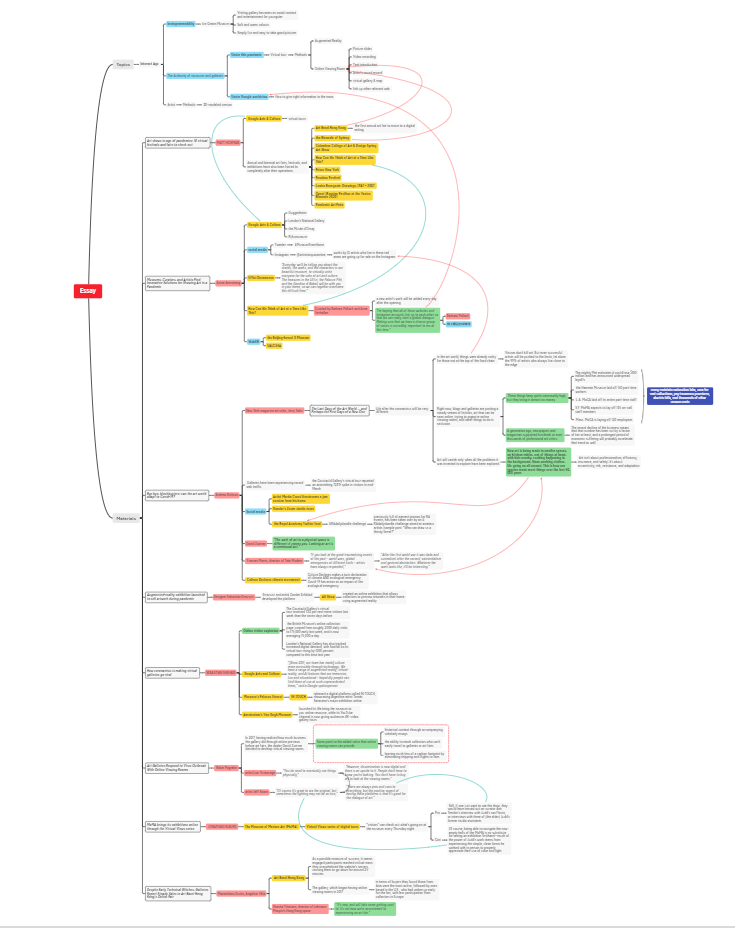
Then I made a gallery visit list so I can view them one by one, and compare the similarity and difference between them.
All Show
Martin Creed
Pandemic Art Faire
Frieze New York, Frieze
IN TOUCH, Palazzo Strozzi
Thursday for Virtual Views, MoMA
Nathalie Du Pasquier, Pace Gallery
Art Basel Hong Kong 2020, Art Basel
Post Mass Media Exhibition, UALCSSA
1st Edition X Museum Triennial, X Museum
22th Biennale of Sydney, Biennale of Sydney
James Turrell Online Exhibition, Pace Gallery
How Can We Think of Art at a Time Like This?
Open!, Russian Pavilion at the Venice Biennale 2020
Chu Yun: The Mind of Things, Vitamin Creative Space
Fusebox Festival 2020: Virtual Edition, Fusebox Festival
Columbus College of Art & Design Spring Art Show, CCAD
Join Ryan Gander's second live walk-through, Lisson Gallery
Louise Bourgeois: Drawings, 1947 – 2007, Hauser & Wirth Gallery
19th Biennale of Sydney: Cockatoo Island highlights, Google Art & Culture
After viewing these exhibitions, I am trying to classify them into several groups which represent some typical ways of exhibiting online that people do currently.
Augmented Reality: All Show/ Cactus Trails Trading Co.

Designer Sebastian Errazuriz and artist Zander Eckblad developed the platform with using augmented reality which allows both professional artists and amateurs share their works. The AR features are only available to view on the mobile device and everyone can download their app to design their own work. The app provides some basic features and functions such as adding words and photos, but users can upload their own files as well. The highlight of this app is a social sharing platform and search works nearby you. During this pandemic period, it may be a good option to stay in connection with other people and communicate with the creative outcome.
The images below are Sebastian Errazuriz's The Corporate Nation (2018) Joe Doucet's Social Distancing Installation (2020) took in my apartment. It was pretty amazing to a giant statue occurring on my mobile screen which made me believe the presence of them in a moment. To hold the mobile phone and walk around these virtual works gave me a contradictory feeling because, on the one hand, movement in the physical space introduced me a sense of viewing something existing in the real space; on the other hand, due to the incompatible light and shadow with the actual space, there was obvious stiffness between the feature and space.
All Show also reminded me of a website made for propagandising the new collaborate sneaker of Travis Scott and Nike. They designed a Window-95 style website as a virtual shop that sales products that actually does not exist. Meanwhile, when the viewers clicked into some product pages, they can use the camera to see the AR version of them. It was interesting to see that they mixed real and fake, old and new things together.
Live Stream: Martin Creed/ Fusebox Festival 2020: Virtual Edition
Artist Martin Creed uses the live stream as a platform or chatroom to encourage people with his performances in a small room. Apart from individual artists using the Internet to stay in touch and sharing their thoughts with people, for collective activities like Fusebox Festival, the organisers also used Youtube to hold the virtual festival.

Artists and musician from all over the world presented their works and communicate with audiences through the live stream. Conversations happened on the Internet get people under lockdown closer in a certain extent.
Commercial Format: Frieze New York/ Art Basel Hong Kong 2020/ Louise Bourgeois: Drawings, 1947 – 2007/ Chu Yun: The Mind of Things/ James Turrell & Nathalie Du Pasquier Online Exhibition
I found a very interesting coincidence among the online exhibitions of large art fairs and art galleries, that there was a common format of organising pictures and texts. The initial feeling of viewing Frieze New York and Art Basel Hong Kong's is very similar, as enormous as I was walking into a huge market with hundreds of gallery names filling my eyes. It is understandable that such large art fairs use catalogue form to link up every gallery online which is the most efficient way to do when time and cost are limited. I randomly chose three galleries to view the online exhibitions on their websites.
Perhaps on account of the commercial consideration, the layout of the exhibitions are formalised. After a brief introduction, the pictures of artwork were placed on a page and the viewers can click each of them to see a zoomed version with the size and material of the work. This kind of format is similar to the e-commerce platforms such as Amazon or Taobao, the main function of them are presenting the product to the user. Therefore, I classify this kind of online exhibition as the commercial format, which means the target of them are selling the artworks instead of building connections between the artists and audiences.
Columbus College of Art & Design Spring Art Show

The spring art show of CCAD was also a platform that selling works and products that made by students. Different from exhibiting mode of big art fairs, the doodles and illustrations gave these products vitality while linking all of them up with similar elements. Even if the viewers are not interested in the products, they may have fun in these creative drawings. If we compare it to the online shops of clothing brands, these clothes modelling in vivid gestures could bring more daily feeling.
Gallery-led Artist Events: IN TOUCH/ Thursday for Virtual Views/ Ryan Gander's second live walk-through
When the galleries and museums are mandated to close because of the pandemic, some of them planned artist events and archival pages for people to read, learn and communicate. The live steam exhibition (or studio) tours played as an alternative option of the online exhibition, which can offer more information comparing to looking at 360-degree pictures of the exhibition. However, I think both of them only can be regarded as supporting materials of the show because viewing a physical object in digital form could cause partial and misleading understanding.
Non-profit Exhibition for Special Period: Pandemic Art Faire/ How Can We Think of Art at a Time Like This?
There are some non-profit exhibitions aiming to inspire people as well as helping the artists who are living in the area that heavily impacted by the virus to sell their works. Except from the websites show above, people use social media as a platform to post works self-initiatively.

Although these websites are curated or organised by certain people, different from the normal exhibitions we see in the gallery, they are on-going without a specific end date. As How Can We Think of Art at a Time Like This states, "This may end in two weeks, two months, until November, or continue for long afterwards. In that vein, this exhibition will constantly expand, adding new artists regularly."
WebXR: Post Mass Media Exhibition/ 1st Edition X Museum Triennial
Beijing-based X Museum and UALCSSA organised their online exhibitions using web XR technique, which allows the viewer to use mouse and keyboard to explore the virtual world in a webpage. To accentuate the communication between artist and audience, UALCSSA's Post Mass Media Exhibition designed an open-mic room as a channel of online discussion. Comparing to the online exhibitions listed above, I think web XR can give a more immersive experience to the viewers. For me, the virtual space as a world in between real and unreal, I can "move" from a work to another by pressing W/A/S/D, this interaction gives a sense of spatial distance on the screen; meanwhile, using mouse to change the viewing angle to view the 3D-scanned sculptures can see more details of the work. Web XR technique makes the exhibition more interactive and freer than virtual tour simply made by 360-degree panorama camera. Comparing with presenting works with augmented reality, web XR can create a more immersive experience, the virtual space strengthens the integrality of the show and the works can be freely arranged.
Multiform: 22th Biennale of Sydney/ Open!


Large art event like 22th Biennale of Sydney also had to change their exhibition into online form. However, different from Art Basel, biennales usually have a theme that requires artists and galleries to work together. So it is not as simple as sorting galleries into a catalogue. Frankly speaking, Biennale of Sydney was a lot more complicated than the other online exhibitions I had seen, because it covers diverse media which more like a system. In another way to speak, it demonstrates the biennale team endeavoured their best to reenact the show.
The online exhibition in the Museum of Contemporary Australia applied multiple methods from visual, auditory and spatial aspects to build up a web construction that similar to the actual situation in the museum.
When you click the button and begin to explore this online exhibition, you can see two sections, level 1 and 3 galleries that can be accessed. The page firstly shows each artwork by picture and we can click into any of them to see more pictures, including 360-degree version.

Below the information of the artwork, some pages contain sound records of artists with transcript, so the viewers can have a closer connection with the work and artist.
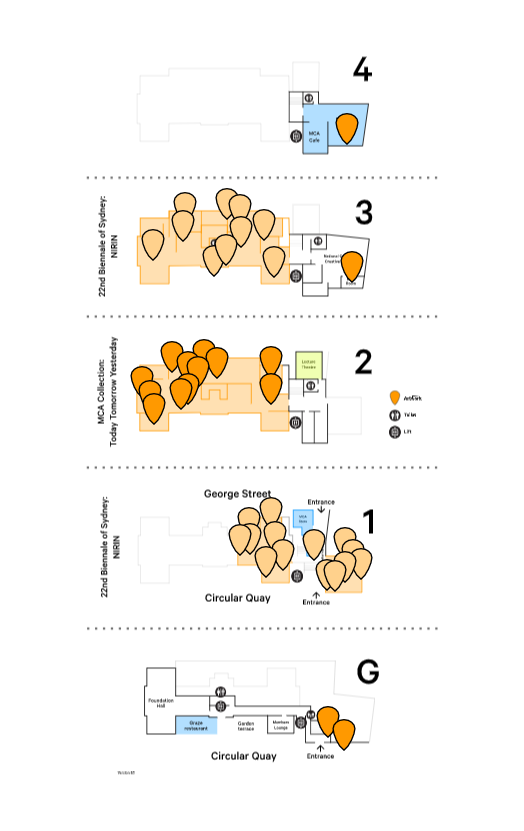
Another interesting point is that the exhibition designed a map that indicates the location of the work in the actual museum. The viewers can zoom the map and click the marks to check the information of the work. Although there is no actual floor in the online exhibition, I think the intention of putting this map is because the curators want viewers to have a clearer visiting routine and definite sections.
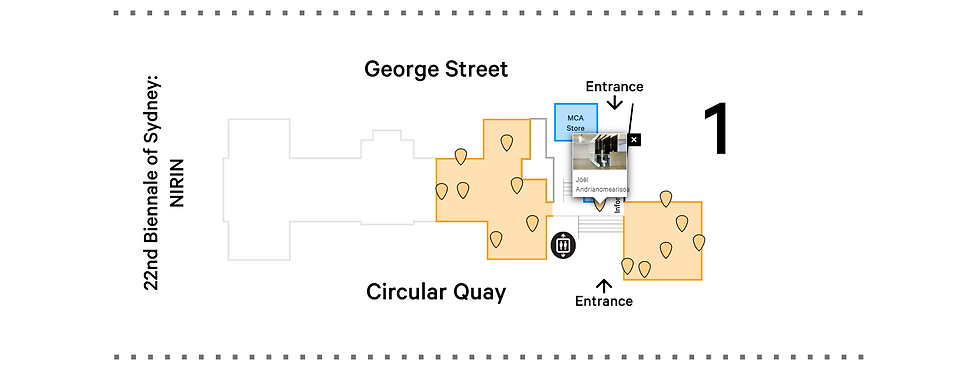
As for some video installations, the 360-degree video can restore the site in a certain extent, though the quality of the video and the sound effect cannot be as good as situated in the real space.
Watami Manikay
The artwork in the biennale like Watami Manikay was rebuilt as an experimental web project by using the unity engine which can be viewed in SD, HD and 4K quality. The viewer can scroll the mouse wheel to enlarge the picture and adjust the perspective with dragging the screen. When I listened to the sound in the headphone, the sound effect was pretty good.
Google Art & Culture: 19th Biennale of Sydney
Since 2011, Google Art & Culture team had started to use augmented reality, virtual reality and artificial intelligence to make the culture more accessible. I glanced several virtual tours of the museum, 360-degree pictures and videos are the most common methods and for compare with 22nd Biennale of Sydney, I mainly focused on the page of 19th one, though that was only a highlight collection.
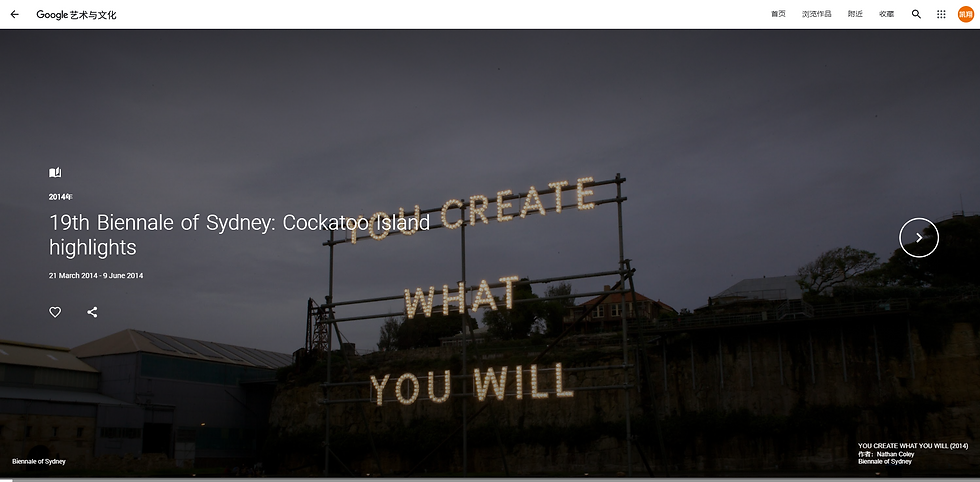
This collection was composed in a slide show format and on the left-bottom corner of each page, we can see the title and artist name which you can check more information by clicking them. On the left-bottom corner of each page, there is a little box with additional information, such as material information and video recording in the real scene.
Reflection
In the end, I classified the information into an excel form and sort different types of exhibiting with colours.

While I was viewing these exhibitions, I got some new questions and thoughts. The thrive of the Internet and the development of technology, the searching engines let people get an extremely convenient way to find what they want. Last century's artworld was mostly communicating by paper-based media like newspaper and magazine. Imagine the age before the popularization of the camera, people had to go to the museum and sketch down artworks they love. Nowadays, we are in the age of convenience, mobile phone, computer and the Internet greatly shortened the time of finding. The authority of museums is severely challenged by this fast-paced era. Does the distance between art and our lives get closer because of the Internet? I am not very sure about it. How to view the relation between art and the Internet, and can the online exhibition in the future replace the offline one?
Talks: Absence of Body - The Pandemic Brings a New Direction to Online Exhibitions
To further explore exhibition and artwork in the Internet age as well as the possibility in the future, I found a serial forum hold by China Academy of Art Media about the online exhibition. The forum mainly focused on a set of questions:
How does the gallery deal with the situation when the audiences only can see the exhibition online?
What is the relation between the audience's body and exhibition?
How does contemporary art realise its display mechanism when the physical body is absent in the scene?
What is the impact of the online art platform to the art system?
Why we feel viewing online exhibition is far not as immersive as playing video games?
Internet-based art are confronting what kind of limitation?
Apart from these questions, the talk also mentioned several websites and exhibitions that I have not heard about, so I decided to view them first then reflect on what they talked.
Slime Engine
Slime Engine is a website platform of the online exhibition, which also uses virtual reality to build up exhibition space. Comparing to UALCSSA and X Museum's Web XR exhibition, it does not support the audience's subjective movements but by dragging the timeline to change the view. However, the viewers can share their comments on the bullet screen. In general, it is less interactive than former virtual exhibitions we have talked but more creative in the design of the scene.
Bank Mab Society: Pure Beauty
WeChat Public Account is one of the most popular media platforms in China. As it is just a small program in the most welcome Chinese social app, WeChat, the huge amount of WeChat user provides a vast space for media to spread their information. In China, the frequency of accessing a WeChat Public Account would be much higher than any other form of media right now. During this pandemic, a lot of galleries set up virtual exhibition through their public accounts.
The Bank Mab Society held a series of online exhibition based on le musée imaginaire, the theory of Andre Malraux, which means the actual artworks no longer need to be presented in the physical space, but with the advent of photography, anyone can exhibit works in the imaginary museum. The Pure Beauty exhibition was presented in four chapters that posting on the WeChat public account at intervals. I think that was for the audiences to digest and carefully read through all the information in each post.
StikiPixels: Occupy White Walls
Occupy White Walls is an art game produced by Stikipixel in 2018. In the game, the players simulate art collectors to build up their own galleries and also free to visit the other people's. The level of players will upgrade as long as they keep collecting artworks and new elements for gallery construction will unlock.
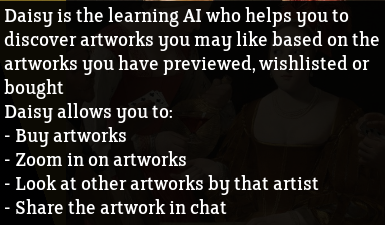
The AI system, Daisy, will pick up 9 artworks as a group for the players to purchase. Each artwork has information like title, artist, medium and descriptions for players to read. Meanwhile, everyone can leave their comments on the work as well.
Comparing to the virtual exhibitions build in websites, the form of game has more thorough experience with regard to the interactivity, immersiveness and functions.
Digital Museum of Digital Art: 1.0 & 2.0 Exhibition
There are 2 exhibitions currently available to download on the website of DiMoDa. Similar to Occupy White Walls, these exhibitions were made into games and people can interact with the objects in the game to access different spaces. Generally, the sensory experience was very good, and most of the works presented in the exhibitions were obviously trying to experiment with the visual effect but hard to understand the phase beneath the forms.
Summary
In general, I would classify these online exhibitions into three types based on the way of presenting, 2D, 2.5D and 3D.

2D is the type that most common to see in the relatively commercial exhibitions, the artwork's pictures, description and price are the basic elements in a page. While things are showing in a flat space, the information can be received by audiences are very limited and straightforward.

As for the 2.5D exhibitions, besides pictures and text information, they also provide a window allows the audience to view the works in different angles, such as 360-degree photographs, virtual reality and augmented reality. Although the view is still not completely controlling by the audiences themselves, these technologies assist in shaping the feature of the work in their minds.

The last type is the 3D exhibition that the content of the exhibition is entirely constructed in a virtual space. The audiences can control their movement freely in this space; therefore, the viewing experience could be more subjective. Most of these exhibitions are designed in the first-person perspective and made with the game engines.
How does the gallery deal with the situation when the audiences only can see the exhibition online?
What is the relation between the audience's body and exhibition?
How does contemporary art realise its display mechanism when the physical body is absent in the scene?
What is the impact of the online art platform to the art system?
Why we feel viewing online exhibition is far not as immersive as playing video games?
Internet-based art are confronting what kind of limitation?

























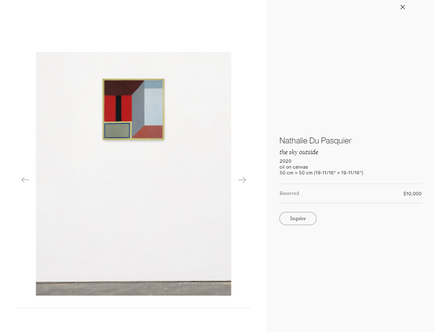



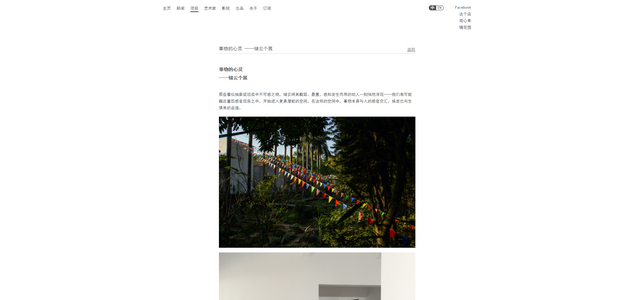









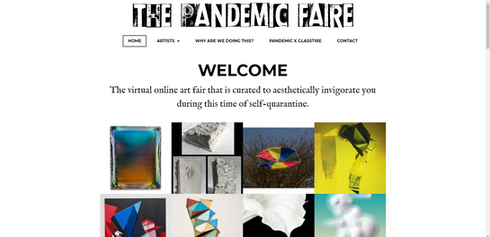













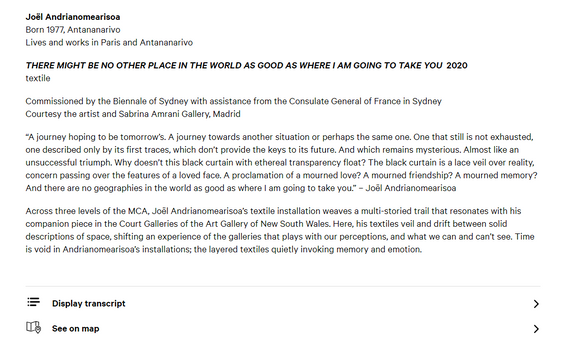

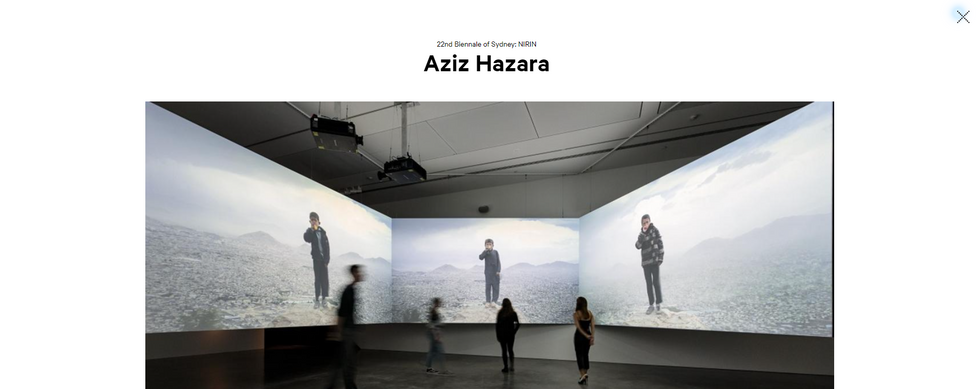









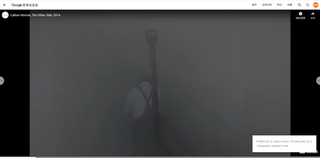

















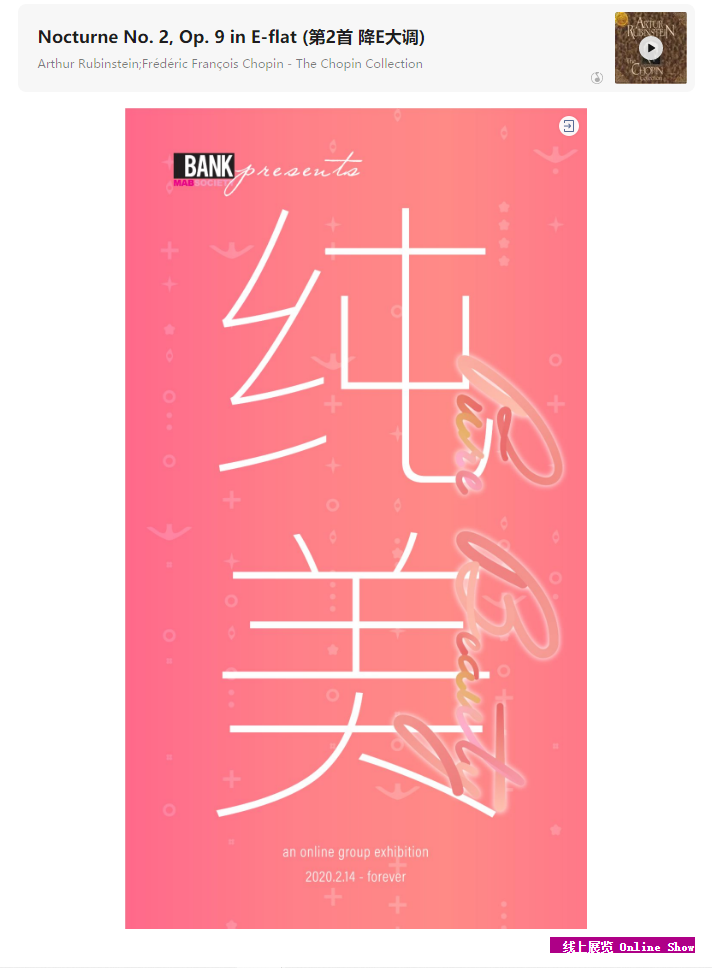

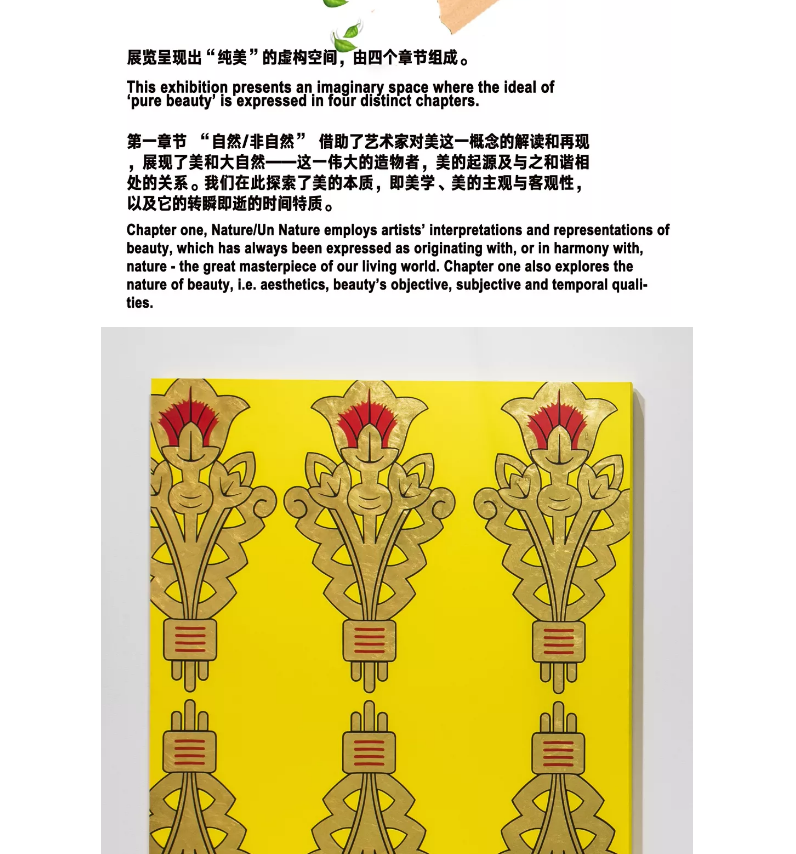

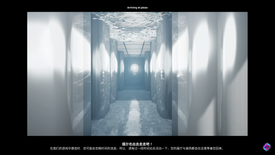














































Comments